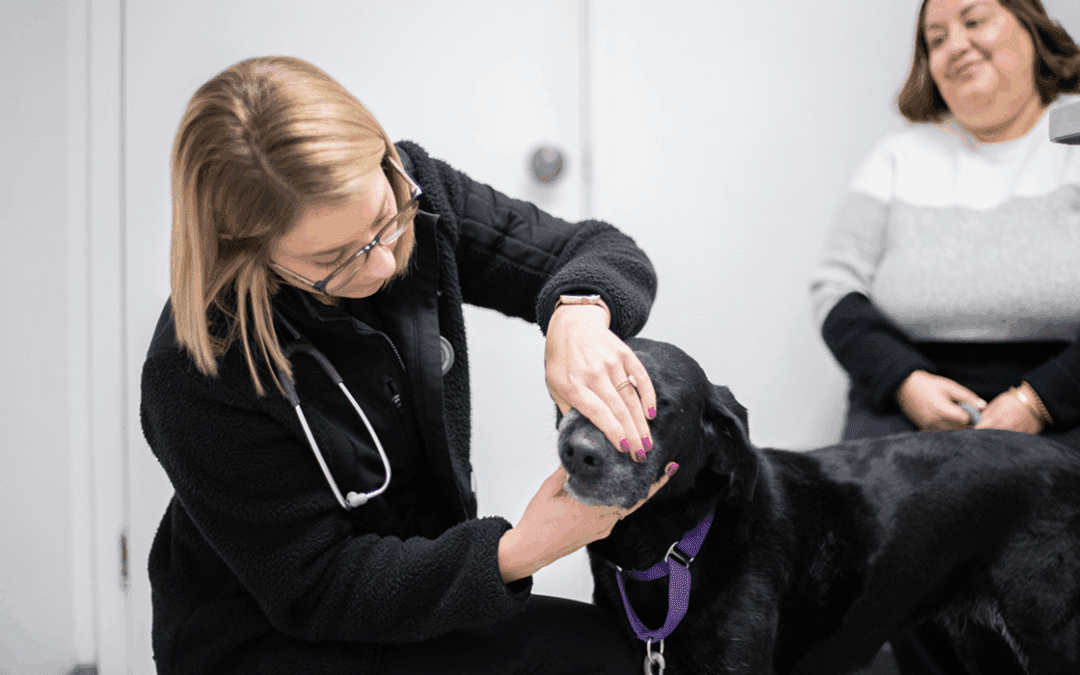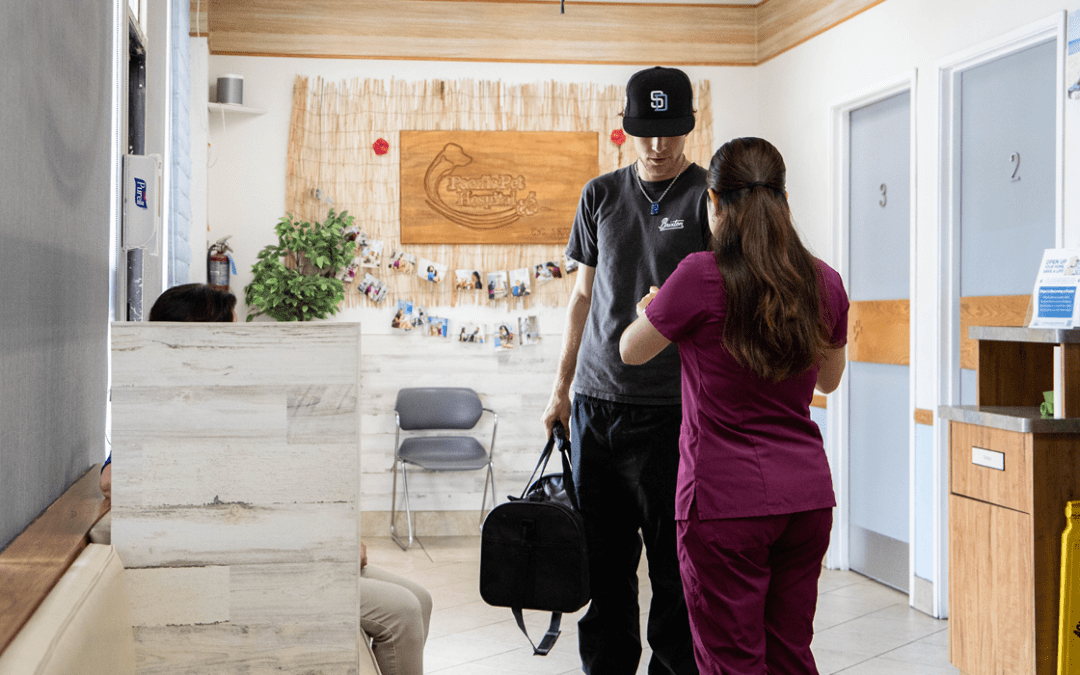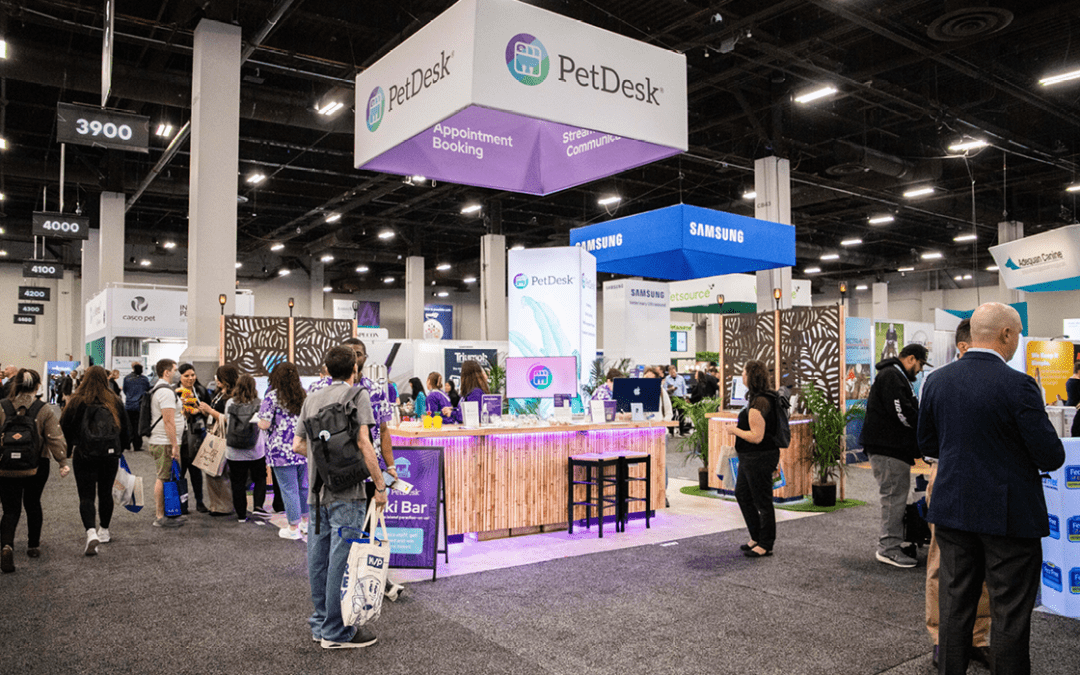The veterinary industry has continued to evolve throughout 2025—shaped by economic shifts, rising pet ownership, and growing demand for veterinary services. Salaries are climbing, education costs are surging, and pet care spending is at an all-time high. For veterinary professionals, understanding these numbers is essential for staying competitive in a rapidly changing landscape.
We’re breaking down the most important 2025 veterinary industry trends to keep you in the know.
💰 Veterinarian salaries in 2025
Veterinarian compensation continues to rise, fueled by workforce shortages and strong pet-care demand. Entry-level salaries have surpassed $100,000, and many experienced veterinarians are now earning well into the $190,000+ range depending on specialty and location.
Key salary figures
- Entry-level (0–2 years): $100,000–$105,0001
- Average (national): $165,5272
- Mid-range (median): $151,0003
- High-range: about $192,000, with top earners exceeding $200,0002
- Majority range (national): $106,058 to $124,3854
Factors influencing salaries5
- Geography: Urban areas pay higher, but rural regions may offer lower living costs.
- Specialization: Surgeons, dermatologists, and emergency vets earn above-average incomes.
- Practice type: Small-animal and specialty veterinary clinics typically pay more than large-animal or research roles.
🗺️ States with the highest and lowest pay6
Your location matters—veterinary pay varies widely depending on state-level demand, cost of living, and access to urban markets.
Higher salaries are usually found in states with larger urban centers, a more expensive cost of living, and distinguished vet schools, while lower wages are common in rural economies with fewer small-animal clients.
Highest-paying states
- Massachusetts: $162,030
- California: $158,610
- Hawaii: $157,770
- District of Columbia: $156,570
- New Jersey: $153,630
Lowest-paying states
- Montana: $94,070
- Nebraska: $95,040
- Wyoming: $100,800
- South Dakota: $101,670
- Mississippi: $102,660
🏥 Veterinary practice manager salaries in 2025
Though location and other factors impact salaries, practice managers continue to see strong salary growth in 2025.
Key stats
- Typical range: $53,661–$93,6947
- National average base salary: $77,7017
- Entry-level: $46,131–$58,6428
- Top earners: Up to $189,5009
Who pays the most
Larger hospital chains in states like Washington, New York, and Massachusetts offer higher salaries for veterinary practice managers.7 Those working in emergency and specialty hospitals made the most money across all practice types, while practice managers in mixed animal practices reportedly earn the lowest salaries on average.10
📈 Demand and job outlook
Veterinary talent is in high demand nationwide. Even with new veterinary school expansions, workforce shortages—especially in rural regions—continue to drive both compensation and competition.
Key findings
- Veterinarian ranked #1 job in 202511
- Top-10 states with highest demand: Colorado, Michigan, West Virginia, North Carolina, Arizona, Washington, Maine, Florida, Utah, South Carolina12
- Number of underserved counties: 500+ U.S. counties lack sufficient veterinary services13
See what PetDesk makes possible
Our solutions are designed to tackle your clinic’s specific challenges.
Set up time with a PetDesk expert to see for yourself!
🐾 Pet industry spending & ownership in 2025
The U.S. pet industry continues its explosive growth, hitting record highs in 2025. More pets, deeper emotional bonds, and increasing medical sophistication are driving veterinary service expansion and revenue growth.
Key stats14,15
- Pet industry spending: $157 billion ($152 billion in 2024)
- Veterinary care & products: $41.4 billion (4% growth rate from 2024)
- Pet food: $67.8 billion
- Supplies/live animals/OTC meds: $34.3 billion
- Other services: $13.5 billion
- Pet-owning households: 94 million (up from 82 million in 2023)
- Dog households: 68 million (51% of U.S. households)
- Cat households: 49 million (37% of U.S. households)
🎓 The cost of becoming a veterinarian
Becoming a Doctor of Veterinary Medicine (DVM) is more expensive than ever—tuition inflation and rising living costs are leaving graduates with a six-figure debt burden. While total tuition depends on state residency, the type of school, and living expenses, these record-high costs make ROI and salary growth critical considerations.
Tuition and fees
- In-state range (4-year): $78,479 to $155,29516
- Out-of-state range (4-year): $131,200 to $285,36716
Example School Totals:17
- UC Davis: $146,478 (in-state), $195,458 (out-of-state)
- Ohio State: $261,485 (in-state), $308,345 (out-of-state)
- North Carolina State: $191,262 (in-state), $319,314 (out-of-state)
- Texas A&M: $209,705 (in-state), $273,085 (out-of-state)
👩⚕️ Workforce and demographics
The number of veterinarians in the U.S. is projected to increase by 20% by the year 2032.18 While this is a promising figure that reflects a strong future for the veterinary workforce, the occupational burnout rate among veterinarians is up to 50%.19 This is a result of major demographic changes, such as younger vets reshaping work expectations and continued shortages in rural areas.
Key demographic stats19
- Veterinarians: ~60% of workforce are female
- Vet students: ~80% of students are female (U.S. and Canada)
- Average age: 43 years
- Rural shortage: 500+ counties underserved
🐕 Lifetime cost of pet ownership
Most pet owners underestimate total lifetime costs, often budgeting far less than actual care expenses.20 That’s why it’s vital for pet owners to understand the true cost of pet ownership—and for veterinary teams, these insights help frame productive preventive-care conversations.
Lifetime cost data21
- Average lifetime cost of dogs: $34,550 (10–15 years)
- Average lifetime cost of dogs: $32,170 (16 years)
- Annual dog cost: $1,390–$5,295 per year
- Annual cat cost: $760–$3,495 per year
- Vet fees: Up 11% in 2025
💡 Key takeaways for veterinary practices
- Offer benchmark pay to stay competitive in your area
- Support new grads with mentorship—not just money
- Invest in practice managers (their average pay now rivals many clinicians)
- Adopt flexible payment plans to meet clients’ rising cost concerns
- Focus on staff well-being to prevent burnout
Sources
All figures were compiled from verified industry publications and databases.
See the power of PetDesk for yourself—for free
Save time and grow your business with an AI-transcription platform, custom websites and digital marketing, 24/7 error-free booking, a PIMS-VoIP phone system, plus a client engagement platform with a mobile app.



